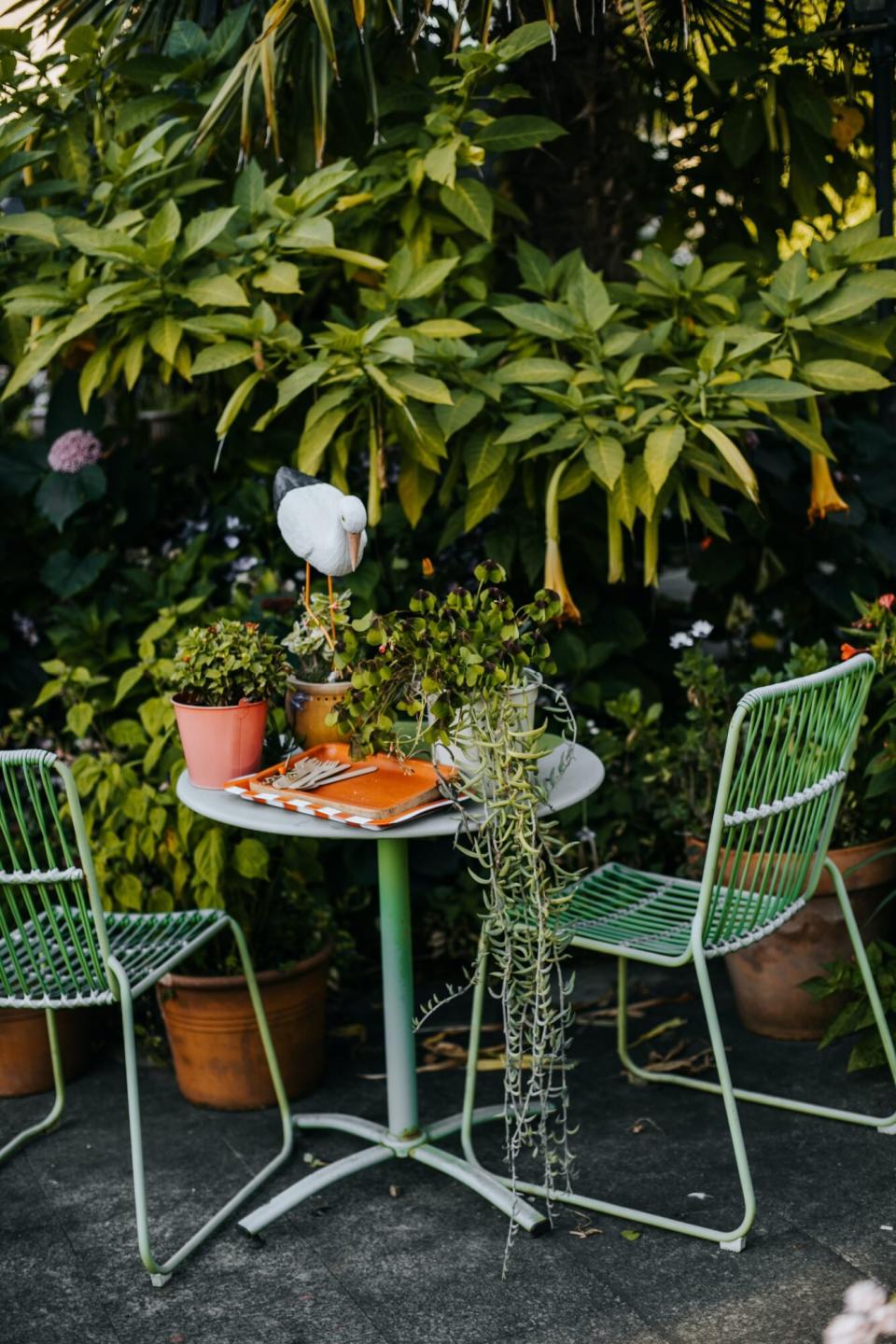Gardening Ideas to Make a Small Space Feel Like an Oasis
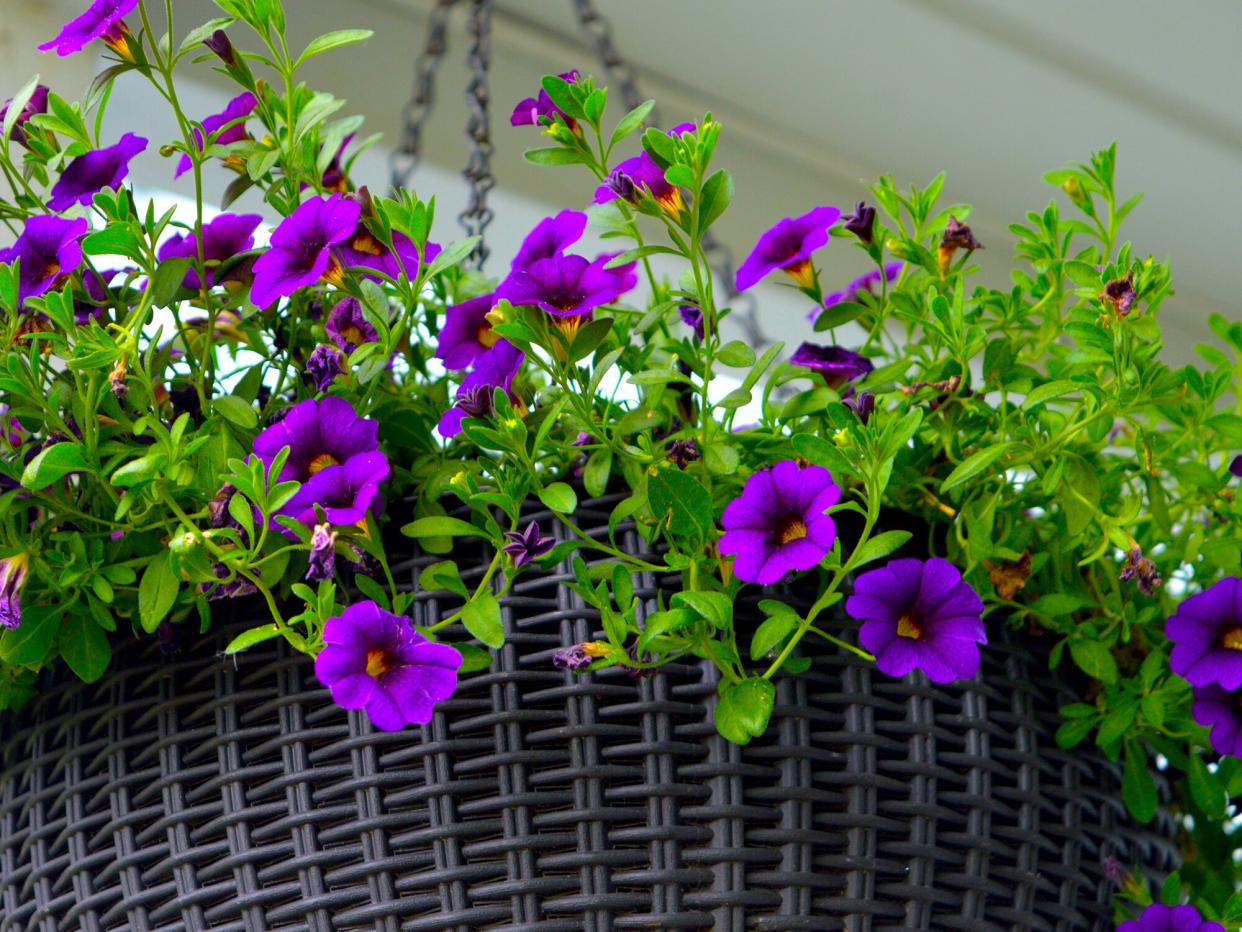
Philippe Gerber/Getty Images
TABLE OF CONTENTS
On This Page
Planning a Small Garden
Best Plants for Small Gardens
How to Create Visual Depth
More Gardening Ideas for Small Spaces
A small garden does not have to look or feel small. A few simple design tricks can make small-space gardens appear larger than life. And today's plant selections are tailored to ever-shrinking gardens. From patio pots to courtyards to urban backyards, these gardening ideas for small spaces will help you make the most out of any garden plot.
What to Consider When Gardening in Small Spaces
There are a few key considerations when gardening in small spaces. Start by defining your goals. What do you want the space to do for you? From there, you can organize space and select plant materials that will meet your needs. As you design your small space garden, think beyond the ground plane. Make use of all available surfaces to add color and interest. This might include hanging window boxes beneath the windows or growing vines on fences and walls. Finally, careful plant selection will allow you to pack layers of color and texture into even the smallest gardens.
Selecting Plants for a Small Space Garden
Small space gardening has been a focus among plant breeders for over a decade, resulting in a vast selection of compact plant materials for even the tiniest of gardens. Look for dwarf or compact varieties of your favorite shrubs, such as Baby Kim Lilac (Syringa hybrid 'SMNSDTP'), which packs everything we love about lilacs into a three-by-three-foot mound. Use columnar trees and shrubs as focal points or space-saving living walls and backdrops. 'Skyrocket' juniper (Juniperus scopulorum) grows just two to three feet wide while adding evergreen color to the garden. 'Slender Silhouette' sweet gum (Liquidambar styraciflua) makes a colorful backdrop complete with vibrant fall foliage.
How to Create Visual Depth
Take advantage of the way colors and textures interact with the human eye to create the illusion of depth in the garden. Cool colors (green, blue, and purple) tend to recede from view, making objects look smaller and farther away. Use cool colored plants toward the back of a planting to add visual depth. Warm colors (red, orange and yellow) make an object appear larger and closer. Use plants with warm-hued foliage and flowers at the middle and front of a garden to make the planting move toward the viewer.
Plant texture works in a similar way. Most plants have medium textured foliage and should make up the bulk of plants in the garden. Accent these with plants displaying fine and coarse texture to create interest and depth. Like cool colors, fine-textured foliage recedes from view and should be used toward the back of a planting. Coarse-textured plants are bold and visually dominant. Use coarse-textured plants sparingly near the center or front of the planting.
More Gardening Ideas for Small Spaces
Combine the principals outlined above with the following tips to maximize garden space and create extraordinary plantings.
Focus on Foliage
Concentrate on foliage over flowers for adding color to the garden. Many flowering plants bloom for just a few weeks of the year. Foliage provides more lasting color, which you can complement with flowering annuals and perennials.
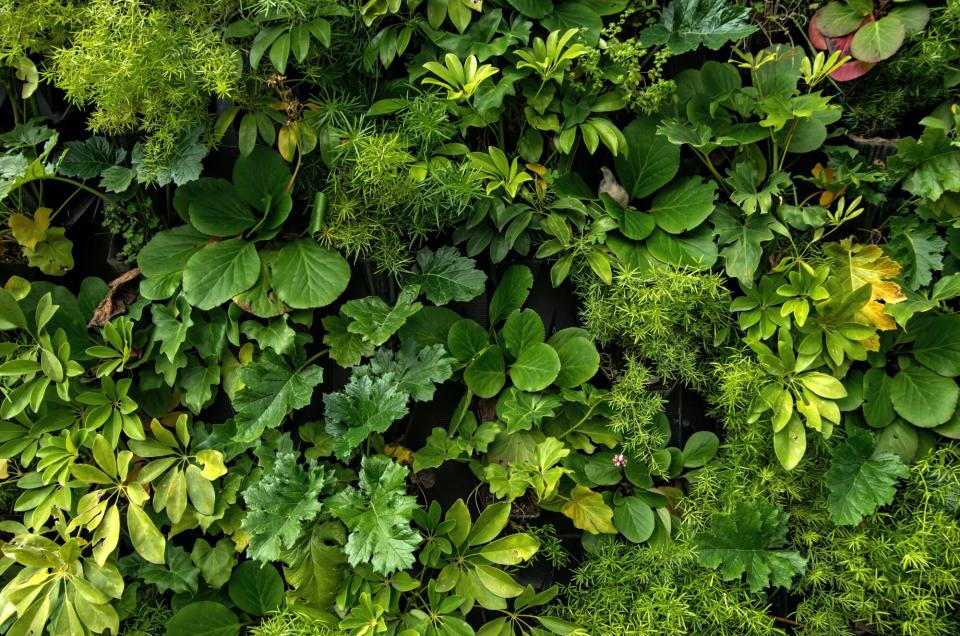
Create Lush Layers
Visualize a forest with a tree canopy, shrub layer, and ground plane. Now, mimic that in miniature. Underplant trees and tall shrubs with perennials and compact cultivars of your favorite shrubs. Then add a groundcover or low-growing annual as a ground layer.
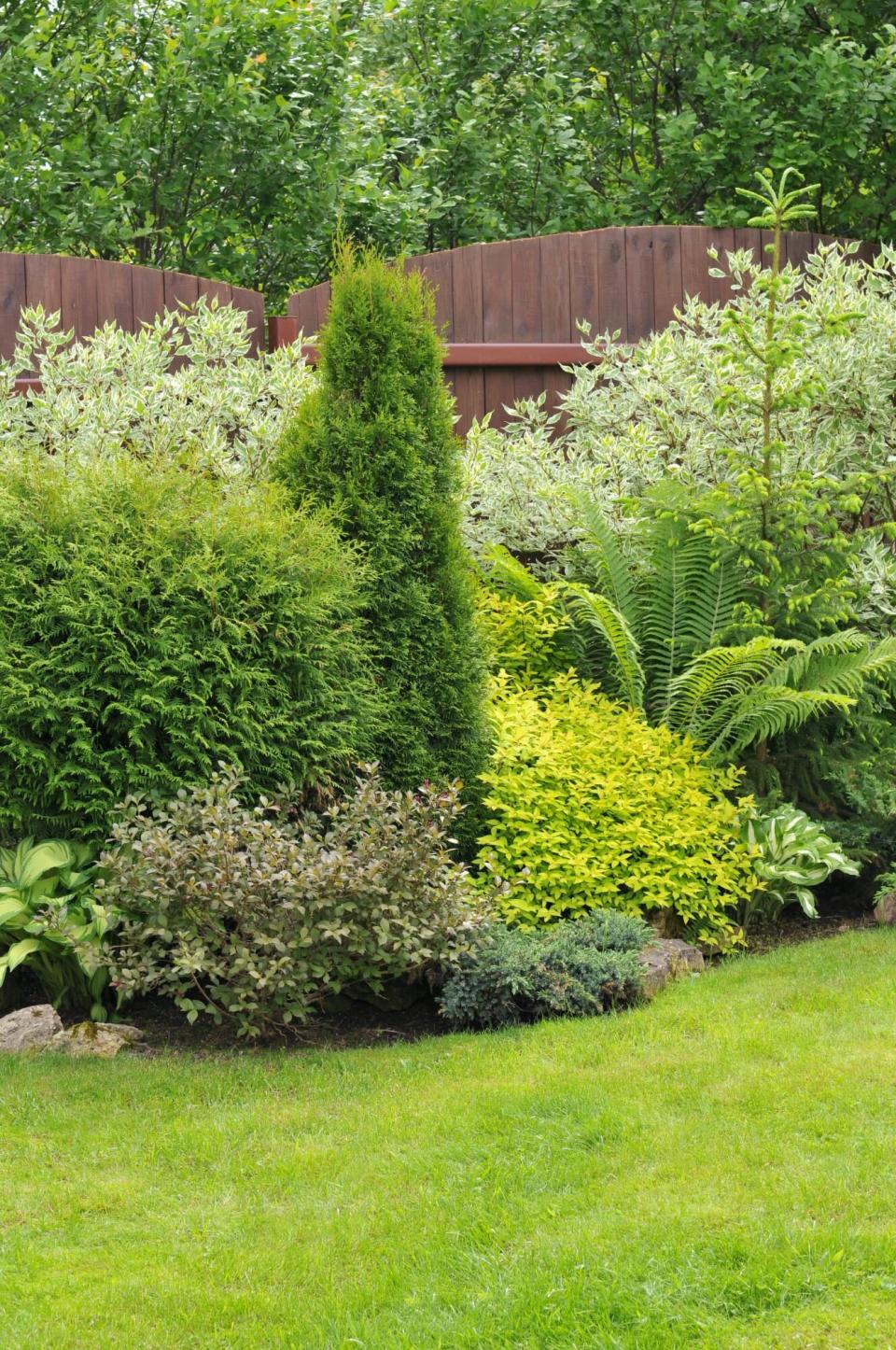
Use Pruning to Your Advantage
Prune the lower limbs from taller shrubs to create space for an underplanting of lush foliage or flowers. Train fruiting or ornamental trees as an espalier against a wall or fence to maximize space and create a unique focal point.
RELATED: The 7 Best Gardening Gloves for All Types of Gardeners, According to Our Tests
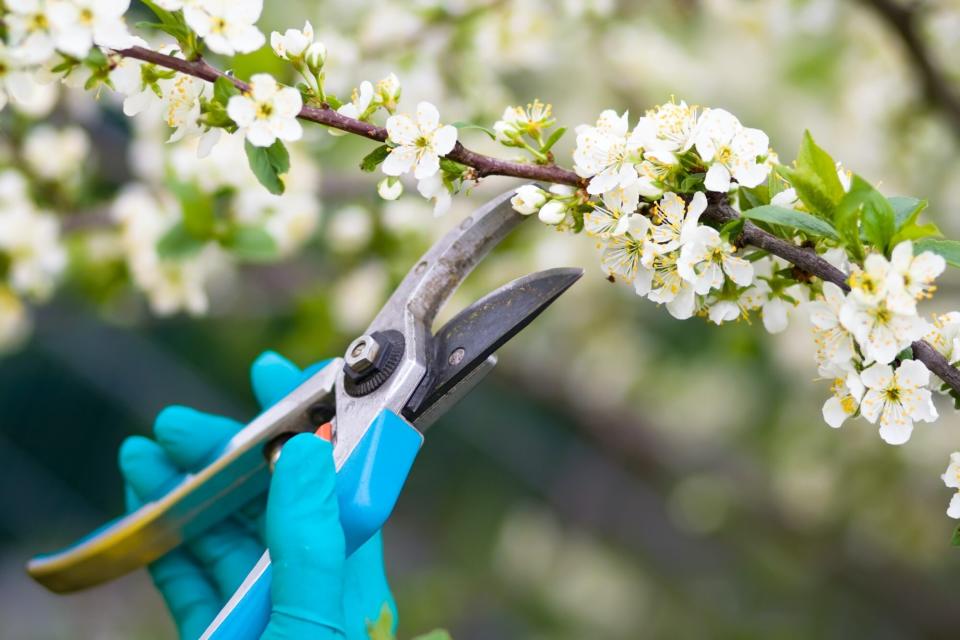
Break up the Space
It may sound counter-intuitive but breaking up a small garden into even smaller rooms can help create the illusion of space. Divide the area into functional zones—lounging area, outdoor dining, workstation—then separate these using narrow, upright plant materials.
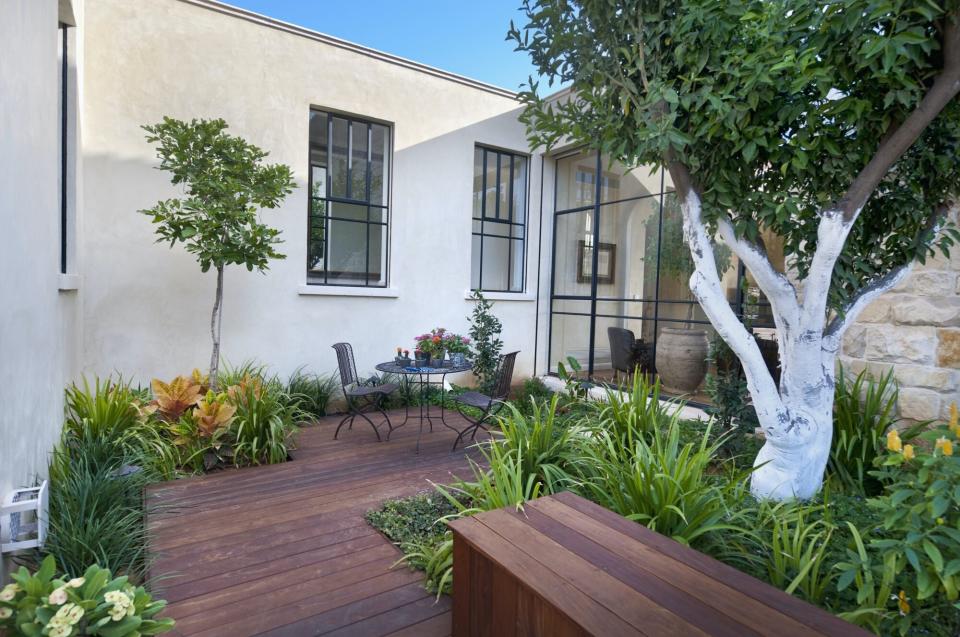
Plant Edibles as Ornamentals
Mix your favorite edibles among your ornamental plantings. Herbs like thyme and oregano make wonderful groundcovers, while eggplants and peppers add their own unique beauty to a planting. Use compact fruits like 'Little Miss Figgy' dwarf fig (Ficus carica) or 'Golden Sentinel' columnar apple (Malus domestica) as you would any other tree or shrub.
RELATED: 9 Cucumber Trellis Ideas That Will Take Your Cucumber Harvest to New Heights
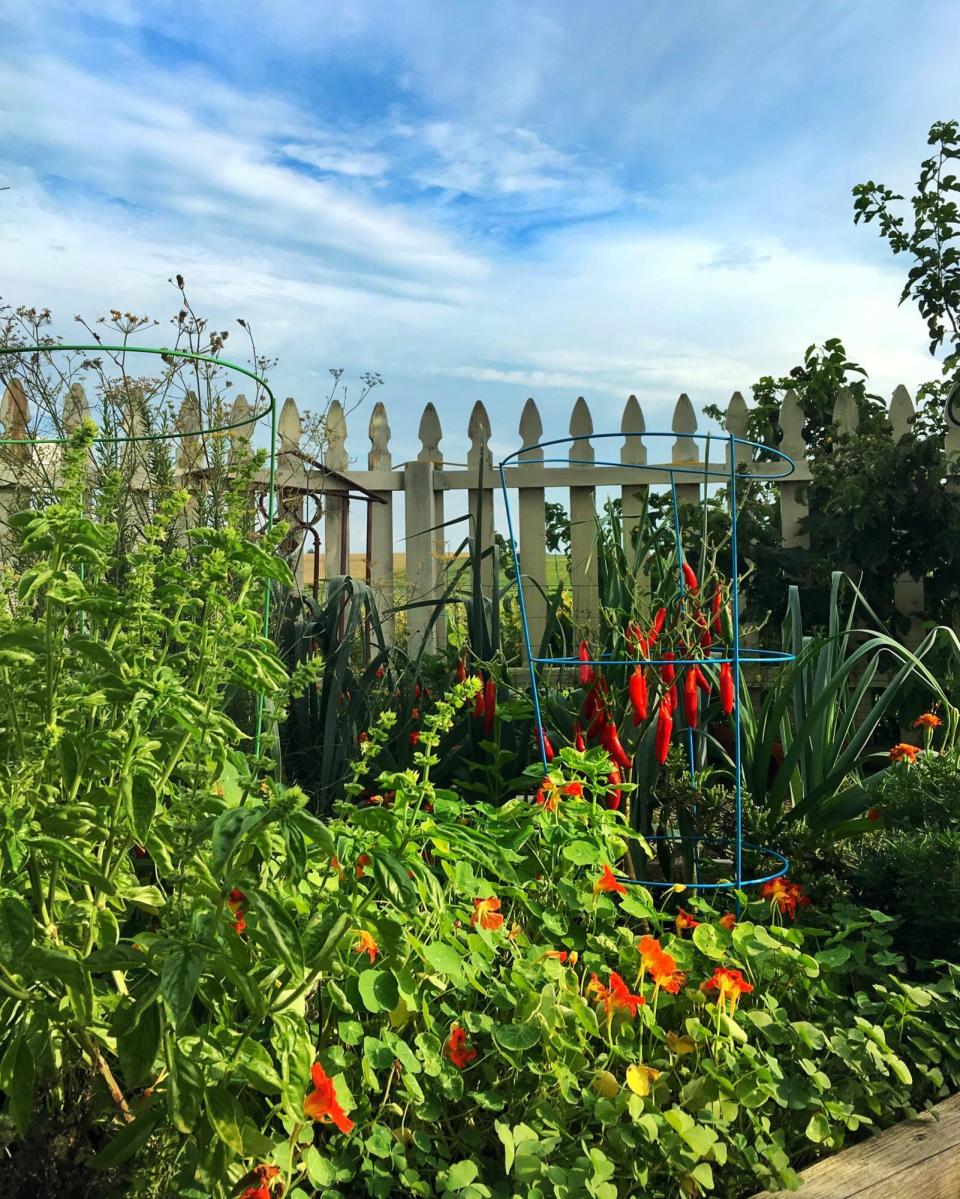
Think Vertical
Surround yourself in lush plant material by adding vines on trellises, fences, or walls. Consider building a small arbor for this purpose to add not only vertical structure but also shade. Use upright plants with a slim profile in planting beds to carry the eye upward. Purple Pillar Rose of Sharon (Hibiscus syriacus) fits the bill, adding gorgeous blooms and foliage to the tightest of gardens.
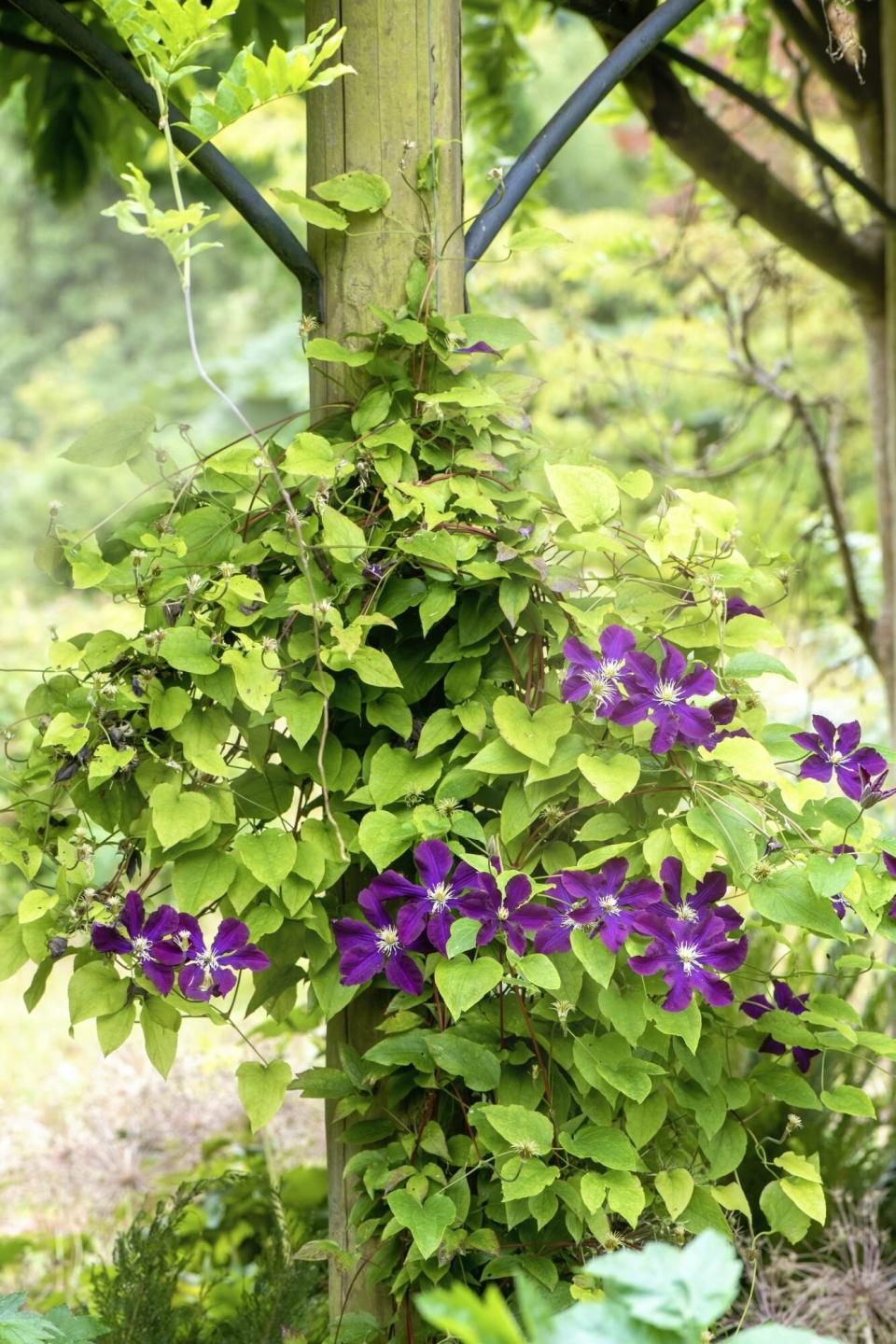
Accent Hardscape With Containers
Bring beauty into seating areas with colorful containers. Repeat plant material or colors from planting beds in the container plantings to tie the spaces together. If you have a porch or overhang, consider hanging baskets to add even more plant layers. Where room allows, set containers along stairways and other paved areas. Plant containers in layers just as you do a garden bed.
